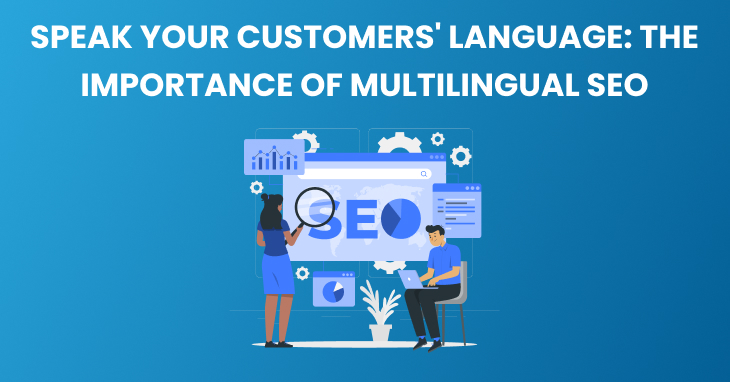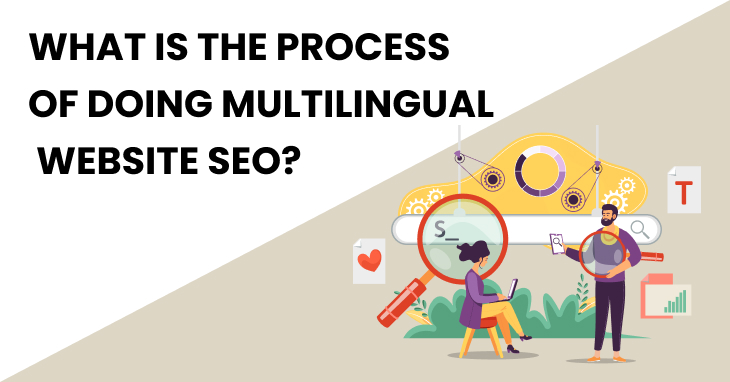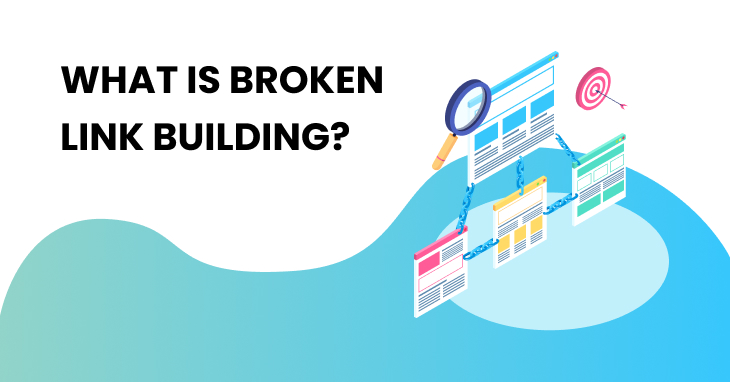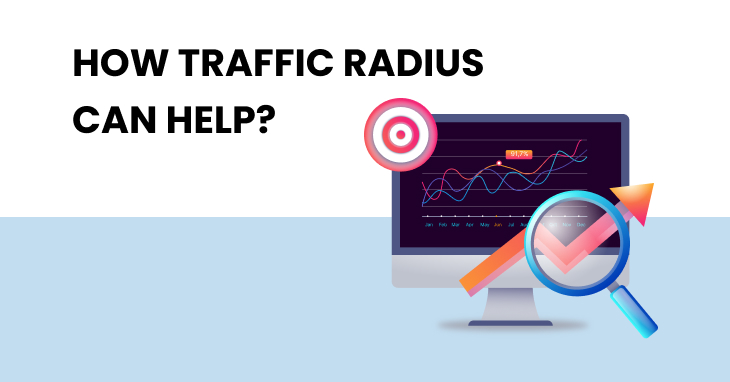I hope you enjoy reading this blog post.
If you want to get more traffic, Contact Us

Click Here - Free 30-Minute Strategy Session
Be quick! FREE spots are almost gone for this Month. Free Quote

Multilingual SEO involves optimising your website content for multiple languages to attract and engage users who search in different languages. By implementing multilingual SEO strategies, you can expand your online presence and reach a global audience, potentially driving more traffic and sales to your business.
In this comprehensive blog, we’ll provide you with step-by-step instructions on how to effectively implement multilingual SEO on your website, from keyword research and content translation to Hreflang tags and international link building.

Click Here – Free 30-Minute Strategy Session
Be quick! FREE spots are almost gone for this Month
How Multilingual SEO Strategies Can Help You?
Multilingual SEO is crucial in today’s global market. By adapting your website to multiple languages, you can reach international audiences and explore new markets.
This can lead to:
Multilingual SEO is especially important for e-commerce businesses as it enables them to connect with customers who speak different languages, improving their confidence in the brand. This can result in more conversions and greater business success.
Moreover, search engines like Google now prioritise localised content, making multilingual SEO crucial for ranking in search results. By optimising your website for multiple languages, you can improve your visibility in local search results and attract more targeted traffic to your site.
Remember multilingual SEO is an indispensable strategy for companies aiming to grow their online presence and target new markets.
Learn More: How to Implement Hreflang Tags

Step 1: Determine Your Target Markets
The first step in multilingual SEO is to identify the countries where you want to expand your business. Focus on countries where there is a high demand for your products or services. Once you have identified these countries, translate your website’s content into their dominant languages.
SEO Tips:
Do a competitor analysis. If your competitors are doing business in certain countries, those countries likely present good opportunities for you as well.
Step 2: Conduct Keyword Research for Your Targeted Countries
To optimise your website for different languages, you need to conduct keyword research for each of your target countries. This will help you identify the search terms that your potential customers are using in those regions. It’s crucial to hire a native speaker or qualified translator who can help you brainstorm seed keywords in the country-specific language.
SEO Tips:
Use keyword research tools to expand your seed keyword list and pull metrics, such as search volume and keyword difficulty. Simply plug your keyword into the tool, select your target country, and hit “Search.”
Step 3: Choose Your URL Structure
When creating a multilingual website, it’s essential to use dedicated URLs for each language and country version. This helps search engines like Google properly index your site and serve it to users searching in specific languages.
SEO Tips:
Using separate domains or country code top-level domains (ccTLDs) is a popular choice. Using subfolders is also a popular option for websites in multiple languages.
With subfolders, all your content sits within a single domain. Subdomains are another option to consider, however, they are challenging to set up and maintain. But they enable you to use localised hosting to enhance page speed.
Step 4: Do Optimisation
Once you have set up your URL structure, the next step is to translate your website pages. However, relying solely on translation tools like Google Translate to generate literal translations from English to other languages is not advisable.
Automatic translation tools cannot consider the nuances of language and may end up producing sentences and paragraphs that are too formal or even misconstrue information. It is best to involve human translators to perform manual translation.
SEO Tips:
Apart from the on-page copy, other elements like currencies, time zones and image alt texts should also be translated. As you translate your website content, you should optimise each page for its target keywords.
This includes optimising the following on-page SEO elements:
Step 5: Implementing Hreflang Attributes
Once you’ve translated your website and optimised your pages, it’s important to implement Hreflang attributes on your multilingual site.
SEO Tips:
Hreflang is an HTML attribute that informs search engines about the language and geographical targeting of a webpage. This attribute ensures that the appropriate language version of your pages is displayed to the right audience in search results.
Step 6: Create Backlinks
Building backlinks is a crucial step in establishing a successful multilingual website. Search engines, such as Google, view backlinks as votes of confidence for your site.
SEO Tips:
When it comes to backlinks for your multilingual website, relevance is key. Seek links from websites that are relevant to your niche and language. Focus on acquiring backlinks from reputable and authoritative websites.
These are websites that have a strong online presence and publish high-quality content. Examples include popular niche websites, influential bloggers and trusted news websites.

The process of broken link building involves identifying broken links on other websites and proposing a working link from your site to replace them. Such international SEO strategies are effective because broken links can negatively impact a website’s user experience.
What To Do?
Begin by searching for broken pages on your competitors’ websites in your industry. Use a backlink analysis tool to find your competitor’s indexed pages and select the “Broken Pages” option. The tool will display a list of your competitor’s broken pages.

We will help you analyse your competitor’s backlinks so that you can gather valuable insights into the types of content that attract links in your industry. By creating similar content, you can ideally earn backlinks for your website.
We conduct competitor backlink research; it allows us to identify the pages on your competitor’s site that have the most backlinks. Once we are done analysing these top pages, we prepare international SEO tips and guide our clients in creating similar content to earn more backlinks and outrank their competitors.
If you want to drive traffic and revenue to your site, you must consider using global SEO. Here, comes the role of our services. From keyword research to on-page optimisation and link building, our experts can guide you through the steps involved in building a successful multilingual SEO site.
Learn More: The Zen Way of Creating High Quality Backlinks
Expanding your online presence and reaching new audiences through multilingual SEO is essential. Translating your website content into multiple languages can help you tap into a global market and increase your customer base.
To succeed in multilingual SEO, you need to understand the differences in language and culture that can impact search behaviour and user intent. This knowledge will enable you to optimise your website content to appeal to your target audience in each language.
Traffic Radius is here to help you navigate the complexities of multilingual SEO and build a strong online presence in multiple languages. Overall, investing in multilingual SEO is crucial for the future growth and success of your business.
By adapting to the needs and preferences of diverse global audiences, you can stay ahead of the competition and achieve your business goals faster.
Multilingual SEO plays a crucial role in expanding your online presence and reaching new audiences. By translating your website content into multiple languages, you can tap into new markets and increase your potential customer base.
It allows you to connect with diverse audiences and adapt to their unique needs and preferences, helping you to stay ahead of the competition and achieve your business goals. Multilingual SEO is an investment in the future growth and success of your business.
Learn More: Why Guest Posting is More Than Just an SEO Tactic?
The ideal timing for implementing Multilingual SEO will vary depending on your business objectives and priorities. If you have plans to expand your business and target a global audience, it’s advisable to include Multilingual SEO as part of your growth strategy right from the beginning.
However, if you have an established business in your local market and wish to expand to other countries, it’s crucial to prioritize Multilingual SEO as soon as possible. Keep in mind that Multilingual SEO requires a long-term investment, and it takes time to produce results. Thus, the sooner you begin, the better it is for your business to establish a robust online presence in various languages.

LEAVE A REPLY